
Tag Archives Tillage
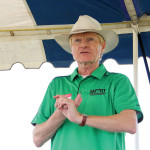
Higher seeding rate needed for organic soybeans
Transitioning to organic soybeans is possible with strategic planning

Black earth doesn’t equate to warmer soil temperatures
Spaces went fast for this year’s Manitoba Pulse & Soybean Growers SMART Day

Expecting an early cereal harvest? Try growing a cover crop
A nitrogen boost is just one of many benefits of adding cover crops to the rotation
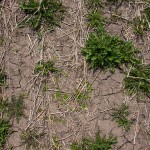
Glyphosate resistance: Change now or pay later
A USDA-ERS report shows managing glyphosate resistance is more cost effective than ignoring resistance and farmers need to work together

Editorial: What’s it going to take to stop soil erosion?
Soil erosion still alive and (not) well in Manitoba

Buying or renting occasional-use farm implements
Could renting some equipment, instead of buying it, reduce production costs on your operation?
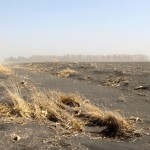
Soil care: Will we make the right choices?
When net effects are considered, tillage can never be justified
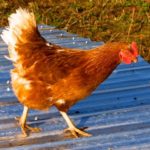
Second avian flu control zone set up in SW Ontario
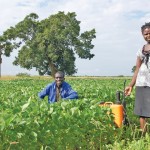
Can conservation agriculture save Africa’s soils?
Adoption rates are slow, but it may be the continent’s best — and last — hope

Dropping the hoe and doubling the yield
Minimum tillage makes for dramatic improvements for this family in Malawi


